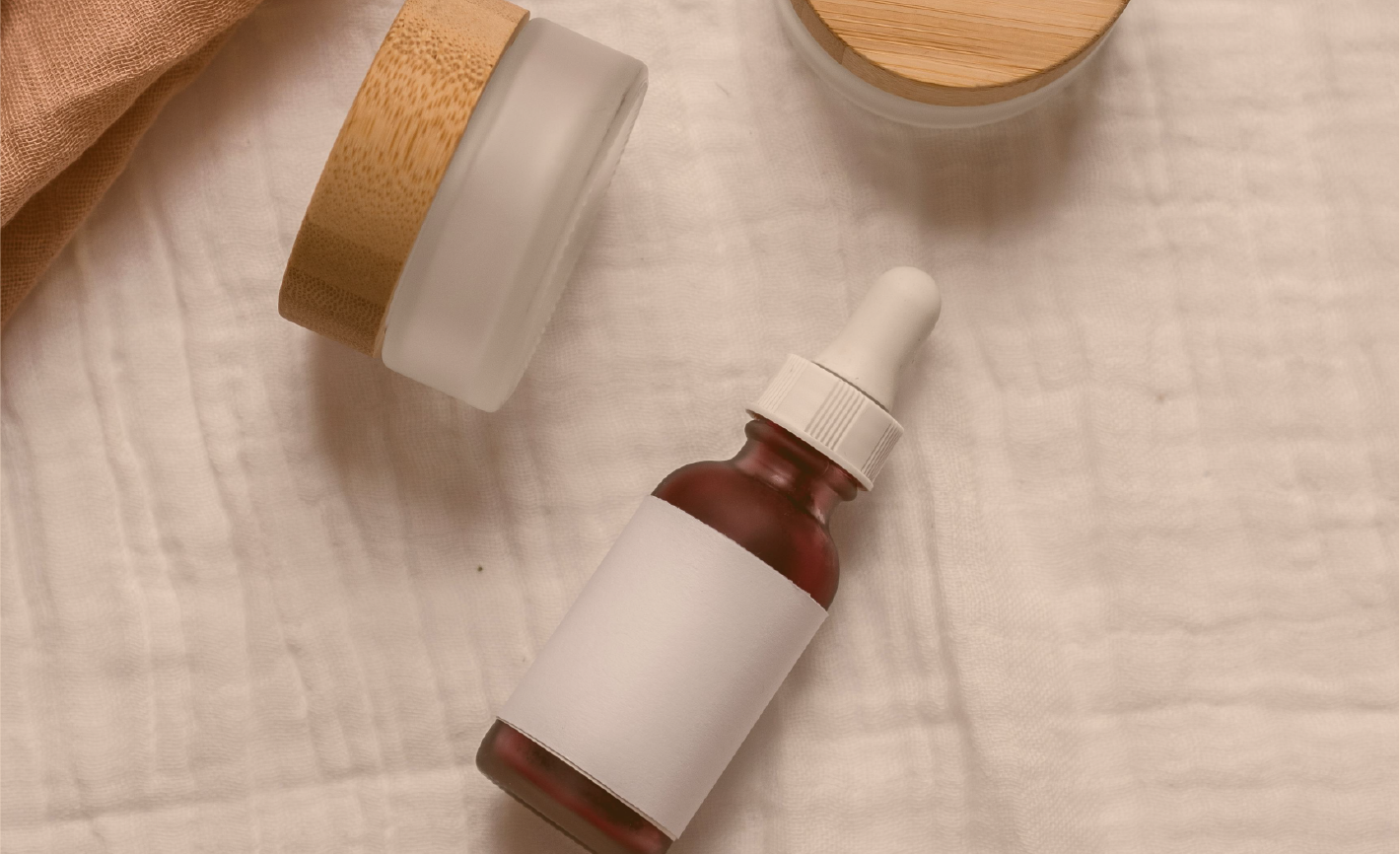Wellness Branding: Why It Matters and How to Nail It
Hi there! Wellness is reshaping how people connect with brands. Today’s consumers are more health-conscious and mindful than ever. They’re not just buying products, they’re buying into values, aspirations, and a vision of a balanced, healthy lifestyle. And if you’re not speaking their language, you might as well be shouting into the void. (Spoiler: the void doesn’t buy your products.)
At Soulful Creatives, we in branding that resonates deeply with these audiences. Because we are this audience. We’re here to guide you on the creative side, sprinkle in some wellness wisdom, and maybe see if we can help take care of some the branding and marketing side of the business so you can get back to actually helping people rather than reading about social media marketing trends.
Why Wellness Matters in Branding
Consumer Trends
The global wellness market is booming. In 2023, it was valued at a jaw-dropping $4.5 trillion and is growing at an annual rate of 5-10% (Global Wellness Institute) with projected market of $8.5 trillion by 2027. From organic skincare to fitness apps, people are investing in physical, mental, and emotional well-being.
Emotional Connection
Wellness branding isn’t just about selling a product; it’s about creating an emotional bond. People want to feel understood—like your brand gets their journey to become the best version of themselves(but also recognise that not everyone is perfect!). If your brand can say, “Hey, we’re with you on this,” you’re golden.
Longevity and Loyalty
Brands that champion wellness often inspire fierce loyalty. Aligning with values like self-care, mindfulness, and sustainability isn’t just trendy; it’s a long-term investment in your audience’s trust. And trust, my friend, is harder to build than flat-pack furniture.
Core Principles of a Wellness Branding Strategy
Authenticity
Your wellness message must feel genuine and reflect your brand’s core values. If you’re slapping a “wellness” label on a product that’s about as healthy as a deep-fried Mars bar, people will notice. And they’ll talk. Loudly.
Transparency
Consumers expect honesty. Share the “why” behind your offerings and be upfront about your ingredients, processes, or certifications. If you’re not transparent, you’re about as trustworthy as a politician.
Holistic Approach
Wellness isn’t just about one aspect of life. Your branding should reflect a holistic view—physical, mental, and emotional well-being—to resonate with a wide audience. Think less “quick fix” and more “journey to zen.”
Steps to Develop a Wellness Branding Strategy
1. Understand Your Audience
Who are you talking to? Fitness enthusiasts? Busy parents? Stressed-out professionals? Understanding their pain points and goals is like knowing the cheat codes to a game—it makes everything easier.
2. Define Your Wellness Mission
What’s your unique take on wellness? Whether it’s promoting mindfulness, physical health, or natural living, your mission should guide every aspect of your branding. And please, make it meaningful. “Because everyone else is doing it” is not a mission.
3. Incorporate Wellness into Your Brand Identity
This is where we shine! Let’s break it down:
Visual Elements
When it comes to visual elements, think of creating a serene oasis for the eyes. Calming colors like soft blues, greens, and pastels evoke feelings of tranquility, growth, and renewal—exactly what wellness brands aim to inspire. These shades subtly signal that your brand is here to nurture, not overwhelm. Natural imagery like leaves, flowing water, or dappled sunlight can reinforce this soothing vibe, creating an immediate connection to nature and health. On the flip side, unless your target audience is glowstick-wielding ravers, steer clear of neon. Bright, garish colors scream “party all night,” not “meditate all day.”
Logo Design
A good wellness logo is like a deep breath: simple, clean, and refreshing. Symbols like lotus flowers suggest purity and enlightenment, while flowing lines hint at movement and ease. Circles are a fantastic choice—they represent balance, unity, and the cyclical nature of life. Keep the design minimalist to avoid visual clutter. Think of it as Marie Kondo-ing your logo: if a design element doesn’t spark joy (or clearly convey your brand’s purpose), it’s out. Remember, the goal is to create a logo that whispers serenity, not one that shouts chaos.
Messaging
Crafting your brand’s message is where the magic happens. Your tagline should capture the essence of your mission in just a few words—something like, “Empowering Everyday Balance” or “Nourishing Mind, Body, and Soul.” The tone should be warm, approachable, and inclusive, inviting your audience to join a community rather than feel like outsiders. Avoid corporate jargon or overly technical language; leave that to the folks explaining blockchain. Instead, use phrases that feel like a comforting chat with a friend who just happens to have their life together.
Packaging and Materials
Your packaging should do more than just hold your product; it should tell a story. Eco-friendly materials like recycled paper, bamboo, or glass are perfect for aligning with wellness values. They signal sustainability and care for the planet, which resonates deeply with conscious consumers. Texture matters too—soft, matte finishes or embossed designs can make your packaging feel luxurious and thoughtful. People love packaging that’s as satisfying to touch as it is to look at. Bonus points if your materials are reusable or biodegradable; nothing says “wellness” like helping people reduce their carbon footprint while they relax.
4. Engage Your Audience
Wellness branding thrives on connection. Here’s how to build meaningful relationships:
- Storytelling: Share your brand’s wellness journey. People love a good origin story—especially if it involves a “lightbulb moment” or a “happy accident.”
- Interactive Campaigns: Launch challenges like a “30-Day Mindfulness Challenge.” Reward participants with discounts or exclusive content. Everyone loves a freebie.
- Community Building: Host local events or partner with wellness influencers. Nothing says “we care” like a free yoga session.
- Social Media Engagement: Share wellness tips, inspirational quotes, and user-generated content. Encourage followers to tag you in their wellness routines—it’s like free advertising.
5. Measure and Adapt
Track your efforts using metrics like customer engagement, sales growth, and feedback. Celebrate your wins and tweak what isn’t working. Wellness is a journey, not a destination—and so is branding.
Examples of Brands Doing It Right
Neal’s Yard Remedies
Based in Dorset, Neal’s Yard Remedies is a pioneer in natural and organic skincare. Their apothecary-inspired packaging, calming blue tones, and transparency about ingredients perfectly align with their wellness ethos. They’ve mastered the art of saying, “Trust us, we’ve got your back… and your face.”
Challenges and How to Overcome Them
Standing Out
The wellness market is crowded. Focus on what makes you unique. Maybe it’s your ingredients, your mission, or the fact that your founder once meditated for 20 hours straight without falling asleep.
Cost of Wellness Initiatives
Sourcing organic materials or investing in eco-friendly packaging can be pricey. Start small. Partner with local suppliers or use scalable solutions to grow sustainably.
Consumer Skepticism
With so many brands claiming to promote wellness, you need to back up your claims. Certifications and transparent processes go a long way. If you’re not legit, people will clock on very quickly.
Conclusion
Wellness branding isn’t just about selling products or services—it’s about inspiring and supporting your audience on their journey to better health and happiness. By crafting a brand identity that reflects your commitment to wellness, you’ll build trust, loyalty, and a lasting impact.
If you’re ready to create a wellness brand that stands out, let’s collaborate! At Soulful Creatives, we’re here to help you bring your vision to life with bold, human-centered design. Have a wellness branding story to share? Drop it in the comments—we’d love to hear from you (and we promise to reply with something witty-ish).


